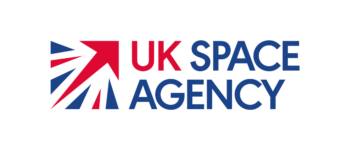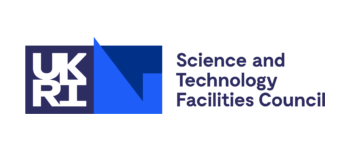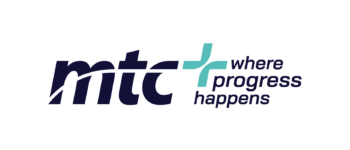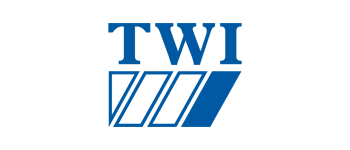Cranfield University

Cranfield has world-leading capabilities in space research and education, with our researchers and academics working in collaboration with strategic partners, to solve some of the biggest challenges faced globally. With a UK space sector income of £18.9 billion in 2023, space activity across the UK, Europe and the world continues to push the frontiers of science and exploration – and Cranfield is leading the way.
For over 35 years Cranfield University has been the UK’s largest provider of Space and Astronautics postgraduate teaching having contributed to the education of a complete generation of now middle and senior management executives within the Space sector.
Cranfield also has a long history in space-related research, spanning the last 60 years. Our excellence in strategic and applied research has enabled us to make significant contributions to the world around us, addressing real life challenges of strategic and practical importance. According to the UK Research Excellence Framework 2021, 88% of the our research is classed as world-leading or internationally excellent. In the QS World University Rankings by Subject 2023, Cranfield is ranked in the global top 30 for Engineering – Mechanical, Aeronautical & Manufacturing. The University is also in the global top 150 for ‘Business and Management Studies’ and is currently ranked 10th in the UK regarding the number of UK Government Innovate UK projects with industry so further emphasizing its ability to connect with the needs of industry.
With breakthroughs that are already delivering benefits, developing capabilities and building businesses globally, from sensor technologies, precision engineering, earth observation, autonomous vehicles, and spacecraft, satellite and missile design, Cranfield has cemented a central role in the research and problem solving in the emerging global space economy.
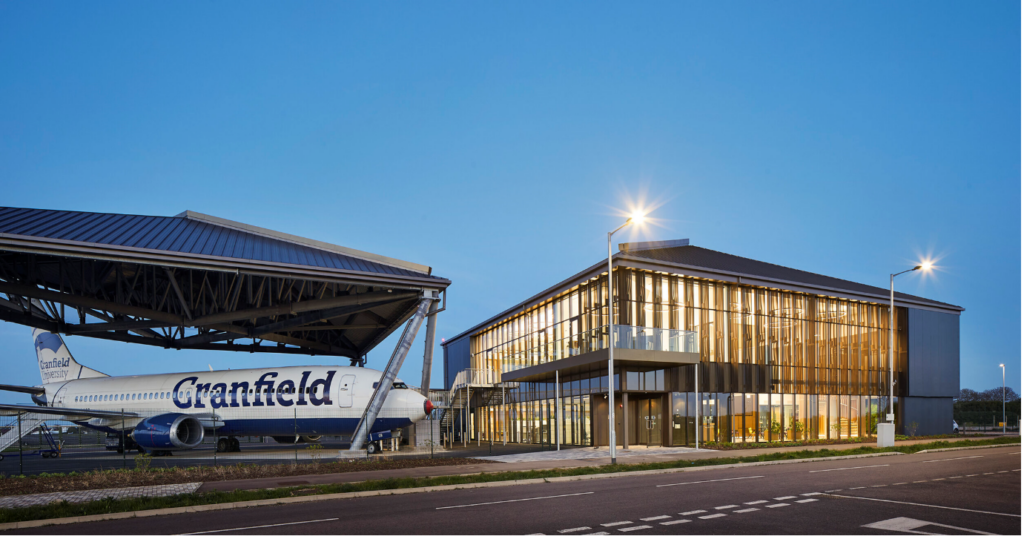
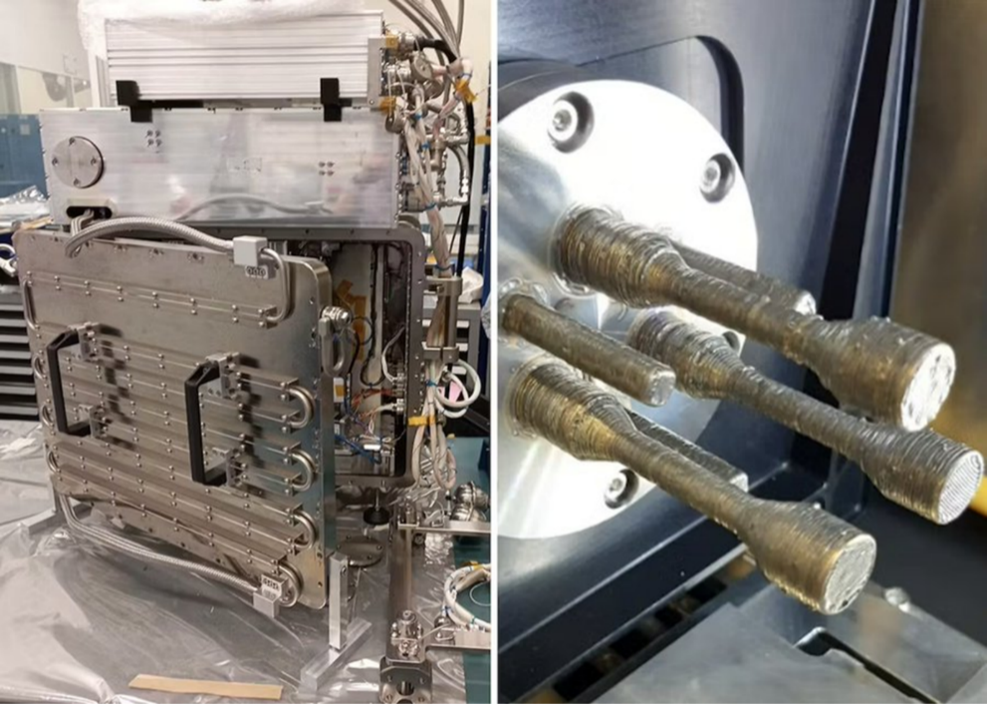
Services Offered
Below is a description of Services that are currently available for use by ESA-Phi Lab UK research projects this is not an exhaustive list and is likely to be amended during the lifetime of the ESA-Phi Lab UK.
On Orbit Space Robotics Services
The ASTRA-lab facility includes a multi-arm robot platform operating on a quasi-frictionless floor to simulate free-flying robots (2D) with a working area of 4 m x 2 m. Lighting is controlled to be able to simulate in-orbit illumination. ASTRA-lab is designed to help raise TRL of concepts for in-orbit operations such as robotic assembly, servicing, etc.
Further technical details
The Space Robotics Lab is available on a daily basis with full technician support during use.
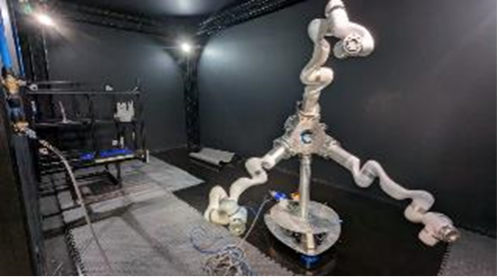
6G-NTN Development Services
Access can be provided to the 6G-NTN Facility that is equipped with Aspire-400 SATCOM and Topflight Systems (TFS) terminals provided by Thales and Honeywell with free L-Band service from Inmarsat/Viasat. Through this Facility a range of development services are potentially available.
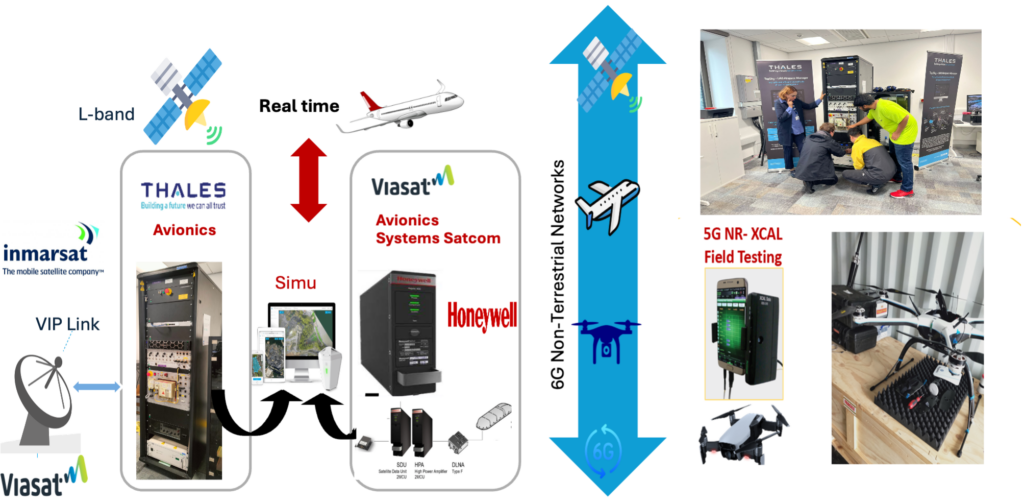
Satellite QoS Testing
The Facility has ability to provide global satellite connectivity so that it could play a role in ground testing for new space communication satellites. For example, it could simulate connectivity between space-based systems and ground stations or test systems before launch ensuring the systems work as expected under various quality of service (QoS) conditions.
Critical Space Mission
The Facility, with Aspire 400’s L-band satellite terminal, could be utilised for real-time voice and data transmission to provide essential command and control (C2) links and telemetry, ensuring mission-critical data is relayed efficiently between space missions and Cranfield NTN lab.
SDR Waveform Flexibility
Utilisation of the Aspire 400’s with SDR capability to test waveform adaptation (e.g., modulation, coding). Studying propagation behaviour under varying satellite conditions. Demonstrate dynamic waveform for different IoT device profiles.
Air Mobility Analysis
The Facility could help to simulate vehicle movements (e.g., UAVs, aircraft, or satellite platforms) by providing PNT data that changes the terminal’s position over time within a lab environment. This allows you to test handover algorithms, beamforming adjustments, and communication quality under dynamic conditions without the need for actual physical movement so evaluating the dynamic link quality with an air mobility platform profile.
Space Digital Twin
The Facility could support research in new satellite communications (such as 5G/6G NTN and space-based IoT networks) by providing real-time 3D map of UAV/Satellite movement using live SNR / BER heatmaps, interoperability and facilitating network management for IoT based-Space. The NTN facility could be integrated with UAV systems to establish high-quality, real-time data links for beyond visual line of sight (BVLOS) operations, which is often a requirement in space-related experimentation.
Access to all the above services will be provided with direct support from relevant university staff.
Antenna Spherical Measurement Services
Access can be provided to a 5m x 5m x 5m anechoic chamber currently offers a range of operation from 8GHz to 170GHz. Depending on frequency and AUT size it can be operated as either a spherical near or far-field range.
The three NSI-SNF AMETEK positioners acquire data on a sphere described by the rotational motion on the theta, phi axis. The AUT phase centre is determined via linear motion on the z-axis. Both source transmitter and receiver are interchangeable and the chamber capable of dual linear or circular polarisation measurement. The system is particularly suited to measure all antenna types, both broad and narrow beam, particularly in the mmWave and terahertz bands. The radiation data acquired is post processed and 2D field pattern ‘cuts’ and 3D hemispherical field pattern, visualised using the NSI2000 software. Specialist measurements and custom post processing can also be undertaken.
CACTI is available on a daily basis with full technician support during use.
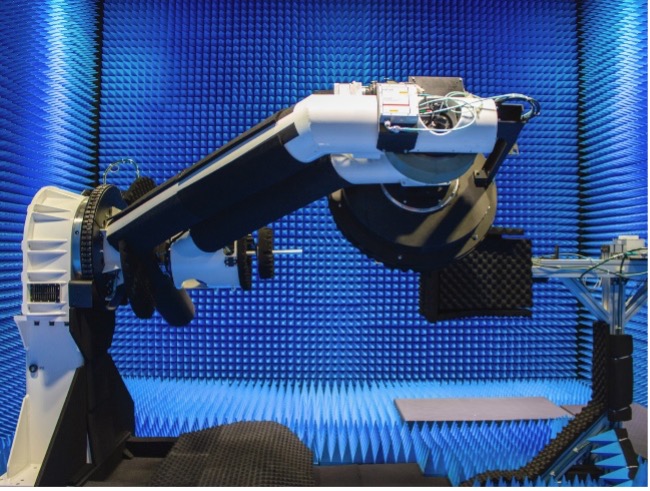
High Performance Computing Services– HILDA
Through the use of the high-performance computing resource (HILDA) within Cranfield’s Digital Aviation Research and Technology Centre relevant numerically intensive simulations can be undertaken.
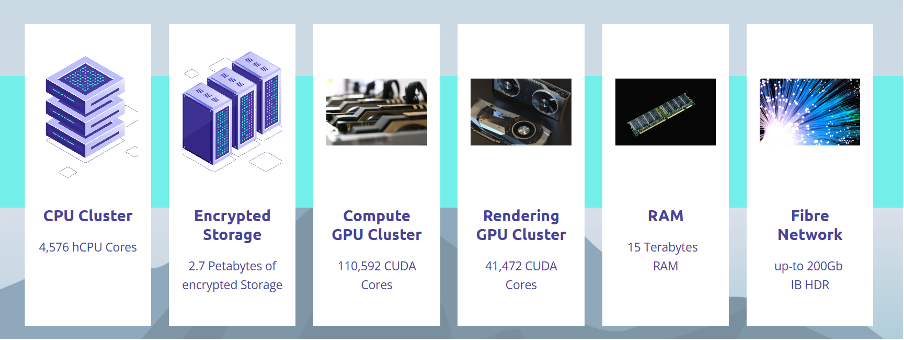
HILDA’s virtual machines (VM) each have up to 48 vCPU, 192 GB RAM, and 4 TB of encrypted storage. Usage up to an average of 733 hours per month is envisaged per project for the full project duration (to be agreed in advance, one month minimum).
The VMs will be provided with normal support such as onboarding, access and normal operations, without SLA, and with limited reconfiguration of 1 reconfiguration every 3 months per VM.
Further technical details at: dartec.cranfield.ac.uk/hilda/.
Materials Testing Services
Cranfield has a range of materials testing facilities suitable for assessing survival in the space environment. These include vacuum chambers, with ion bombardment / deposition, and thermal cycling. Limited hypervelocity impact simulations are also possible (electro-spray). A suite of microscopes is available for detailed inspection of surface degradation and related materials science investigations.
Cleanroom Services
Cranfield operates a range of cleanrooms. The principal cleanroom is a 4 m cube rated at ISO 8 (class 100,000) with a central region at ISO 7 (class 10,000), and is suitable for assembling small satellites and payload units.

Staff Expertise
Professor Stephen Hobbs is active in research work in sensor systems for space and remote sensing applications. His technical expertise includes spaceborne radar (technology and applications), space system engineering, space sustainability, atmospheric science, sensor system / instrumentation development, signal processing and mathematical modelling.
Professor Saba Al-Rubaye leads the development of 6G technologies and their applications in future communication networks, particularly in support of smart air mobility. With over 20 years of experience in both academia and industry, Prof. Al-Rubaye has published more than 100 peer-reviewed papers and has a proven record of driving innovative solutions in design, testing, consultation, leadership, and program development.
Dr. Ivan Petrunin is a Reader in Signal Processing for Autonomous Systems. He has extensive knowledge and experience in the area of Digital Signal Processing for Autonomous Systems including sensor technologies, perception, data and information fusion, and decision-making for Cyber-Physical Systems. Applications for these developments include vehicle health management, communication and surveillance solutions and, more recently, Position, Navigation and Timing (PNT) for aerospace and ground-based Autonomous and Intelligent Systems.
Dr. Leonard Felicetti is a Senior Lecturer in Space Robotics and Guidance Navigation and Control at Cranfield University since 2018. He has more than 10 years research experience in the field of guidance navigation and control of space systems, spacecraft attitude and orbit control, space robotics and space system design.
Dr. Ivor Morrow is a Senior Lecturer in electromagnetics with over 20 years’ experience in antenna development. His research interests are in the area of applied antenna and array design including antennas and phased array for 5G and Tera-Hertz space based applications.
Dr. Nicola Garzaniti is a space systems engineer interested in the New Space Economy. His research interests include product development for New Space missions, mathematical models to optimize engineering systems design and development, applied AI, as well as technology management and roadmapping.
Learn about Cranfield University Opens in a new window
